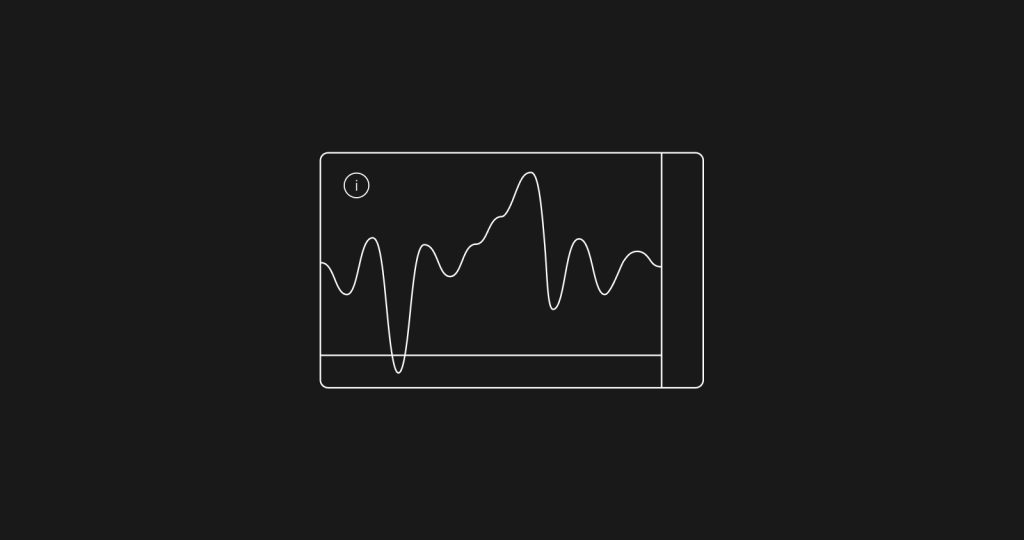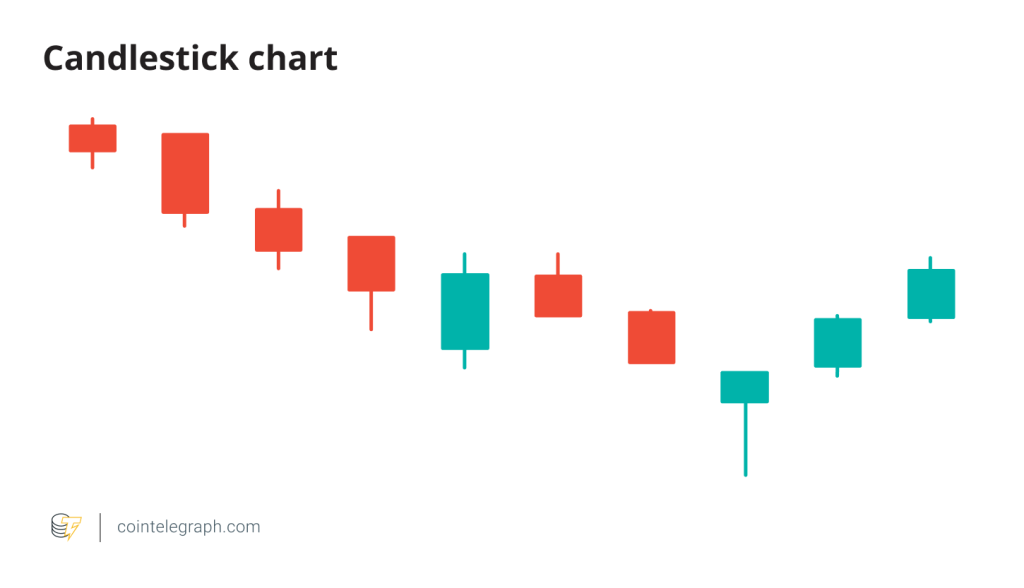LEARN CCI IN 3 MINUTES – BLOCKCHAIN 101

The high volatility of the cryptocurrency market makes it a dream realm for investors and traders, but it is also a challenging place. To succeed in this market, you need to be equipped with some powerful tools.
One such essential tool is the CCI (Commodity Channel Index). It helps you better understand market volatility, overbought and oversold conditions. This article will introduce the basic concepts of the CCI indicator, how to calculate it, and demonstrate its application in cryptocurrency trading through practical case studies.

Introduction to the CCI Indicator
The CCI (Commodity Channel Index) is a technical indicator used to measure the deviation of a price from its statistical mean. It was initially developed for analyzing commodity markets, but is now widely used in both stock and cryptocurrency markets. The calculation of the CCI includes the following steps:
- Calculate the Typical Price (TP):TP = (High + Low + Close) / 3.
- Calculate the Mean Deviation: Firstly, find the Simple Moving Average (SMA) of the Typical Price for the most recent n periods. Then, compute the average of the absolute differences between each Typical Price and the SMA.
- Compute the CCI using the following formula: CCI = (TP – SMA(TP)) / (0.015 * Mean Deviation).
Note 1: The CCI values typically range between -100 and +100, but this can be adjusted based on market volatility.
Note 2: The closing price refers to the price at a 24-hour time point within the specified range.
Note 3: The ‘Mean Deviation’ mentioned refers to the average deviation. For specific calculation methods, refer to case studies.
Uses of CCI
- Identifying Overbought and Oversold Conditions: A key use of the CCI is to identify when an asset is in an overbought or oversold condition. When the CCI goes above +100, the market might be in an overbought state, implying a potential decline in prices. Conversely, when the CCI drops below -100, the market might be oversold, suggesting a potential price rise.
- Identifying Trend Reversals: CCI can also be employed to recognize reversals in market trends. For instance, when the CCI rises from an oversold zone to above +100, it might signal a buying opportunity, indicating a potential price increase. On the other hand, if the CCI descends from an overbought territory to below -100, this can be seen as a selling signal, suggesting a possible decline in prices.
- Combining with Other Indicators: The CCI is often used in tandem with other technical indicators and chart patterns to enhance the accuracy of analysis. For instance, integrating it with moving averages and support/resistance levels can assist in determining optimal entry and exit points for trades.
Case Studies
Case Study 1: Calculating the CCI Value for BTC
Suppose we want to compute the 14-day CCI value for Bitcoin (BTC). We have gathered the daily high, low, and closing prices for BTC. Next, we will proceed step-by-step using the CCI calculation formula:
Step 1: Calculate the Typical Price
First, we need to compute the daily Typical Price using the following formula: TP = (High + Low + Close) / 3.
Note: Assuming we have selected data from 14 trading days, we’ll need to calculate 14 Typical Price values.
Step 2: Calculate the SMA (Simple Moving Average)
Next, we calculate the SMA of these 14 Typical Prices. To better understand, we’ll simplify the formula as: SMA(TP) = (TP1 + TP2 + TP3 + … + TP14) / 14.
Note: TP1, TP2, TP3, …, TP14 represent the Typical Prices for the 14 trading days. By summing them and then dividing by 14, we get the 14-day SMA.
Step 3: Compute the Mean Deviation
Before calculating the CCI, we need to compute the average of the absolute differences between each Typical Price and the SMA.
For instance, for the first Typical Price (TP1): Difference1 = |TP1 – SMA(TP)|
For the second Typical Price (TP2): Difference2 = |TP2 – SMA(TP)|
And so forth, we calculate the differences for all 14 Typical Prices and then find their average.
Step 4: Calculate the CCI
Lastly, compute the CCI value using the formula: CCI = (TP – SMA(TP)) / (0.015 * Mean Deviation).
Suppose the computed CCI value is +110.
In this example, a CCI value of +110 might indicate an overbought condition in the market. However, remember, the interpretation of CCI values can vary depending on the market and time frame. Both the sign and magnitude of the CCI value are crucial for market interpretation.
Case Study 2: Practical Application of CCI in Cryptocurrency Trading
Let’s demonstrate the use of the CCI indicator in cryptocurrency trading with a real-world example.
Imagine you’re observing Bitcoin (BTC) trading, and its CCI indicates an oversold condition (CCI below -100). Simultaneously, you notice a support level where the price has repeatedly bounced. In such a scenario, the CCI’s oversold signal combined with the support level might indicate a buying opportunity.
You can set the following trading strategy:
- Entry Point: Buy when CCI goes below -100 and the price nears the support level.
- Stop Loss: Set a stop loss to control risks.
- Profit Target: Set a profit goal to ensure gains before a potential market reversal.
By integrating the CCI indicator with support levels, you can form trading strategies with more confidence, leading to better trade executions in the cryptocurrency market.
Conclusion
The CCI indicator is a vital tool in cryptocurrency trading, aiding in identifying overbought or oversold market conditions and potential trend reversals. However, it’s crucial to remember that it’s just one of the many available tools. It’s advisable to complement it with other indicators and fundamental analysis to make informed trading decisions. Continuous learning and practice will better position you for success in the cryptocurrency market.







Responses